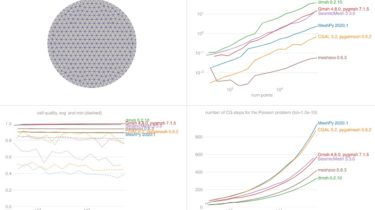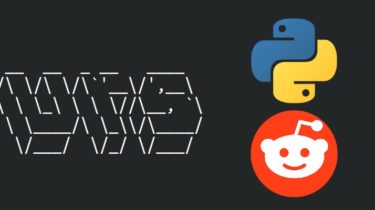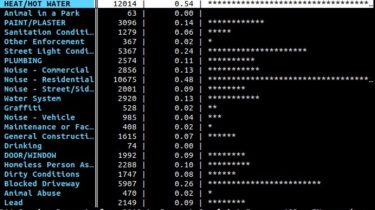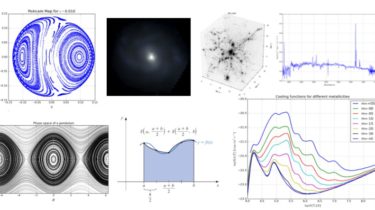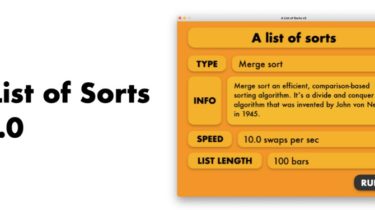BErt-like Neurophysiological Data Representation
BENDR BErt-like Neurophysiological Data Representation. This repository contains the source code for reproducing, or extending the BERT-like self-supervision pre-training for EEG data from the article: BENDR: using transformers and a contrastive self-supervised learning task to learn from massive amounts of EEG data To run these scripts, you will need to use the DN3 project. We will try to keep this updated so that it works with the latest DN3 release. If you are just looking for the BENDR model, and […]
Read more


